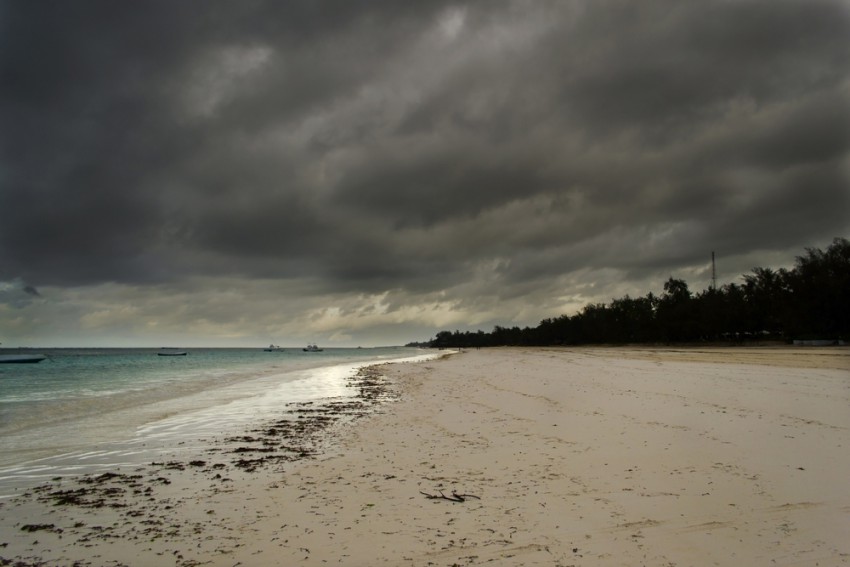South America is not as well known for it’s wild weather as the USA’s Tornado Alley is, yet the southern continent is still home to some of the world’s strongest storms. The Pampas region in Argentina, Uruguay and southern Brazil frequently experiences these storms, making it one of the most active region for severe weather outside of North America. So what makes it so similar to the Great Plains? It really comes down to geography. Severe storms require certain ingredients to come together – primarily cold air colliding with warm, moisture rich air. In the USA, this happens when cold air from Canada meets warm air from the Gulf of Mexico. In the Pampas, cold air from Patagonia and Antarctica to the south (remember this is in the southern hemisphere, so south = cold, north = warm) meets warm air from the rainforests of Brazil. With the region being in the mid-latitudes, about as far south as Tornado Alley is north, the winds throughout the atmosphere are also very similar, allowing for severe weather “ingredients” to come together just as they do in the US.
Further north, in the Tropics, thunderstorms occur on an almost daily basis. These storms, however, are far less threatening than their counterparts from the Pampas. In the tropical environment of the rainforests, the diurnal cycle of daytime heating and cooling at night plays a much greater part than the collision of air masses. For mundane, non-severe thunderstorms to occur, only two ingredients are needed: moisture and heat. Both are abundant year-round in the rainforest. Because of this, thunderstorms occur like clockwork, every day. As the sun heats the atmosphere, instability will increase until eventually the “convective temperature” is reached. Convective temperature is simply the temperature at which the air has to reach in order to rise without the aid of any other forcing (like large mountains, or other significant atmospheric factors – both not generally present in rainforest areas). When air rises quickly, it causes thunderstorms. Since convective temperature is reached daily, thunderstorms occur daily, in the afternoon.
Another phenomenon that results in plenty of thunderstorms is the monsoon season. A typical monsoon is the result of a reversal in wind with temperature differences between over land and over the ocean. When the land gets warmer (in the summer), cooler winds from the ocean flow onto the land. Since colder air cannot hold as much moisture, the water in the atmosphere is rained out as it is forced upwards over the higher altitudes on land. Conversely, when the land is cooler, wind flows towards the ocean, pulling cooler, dry air from the interior of continents. This results in a dry season. For the monsoon season in South America, the onset of rain occurs in the Southern Hemisphere Spring (Sep-Nov), and peaking in the summer (Dec-Feb). The areas that see the most stark changes in rainfall like this are Bolivia, Paraguay and the neighbouring area of Brazil.
